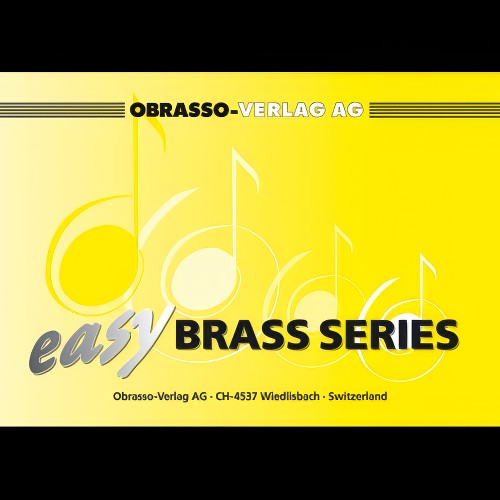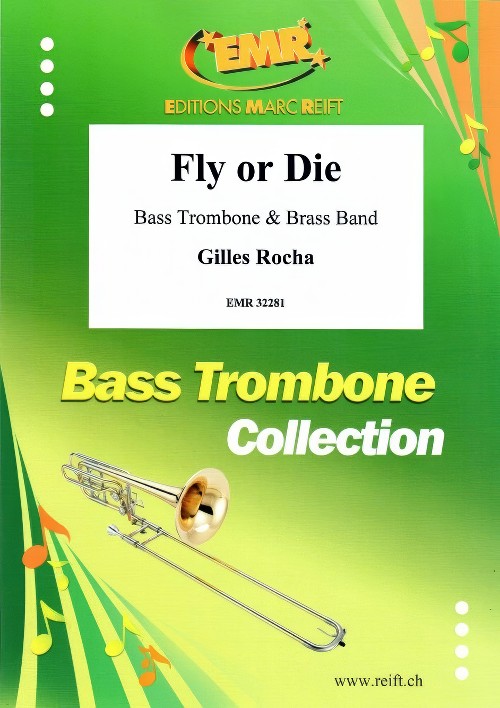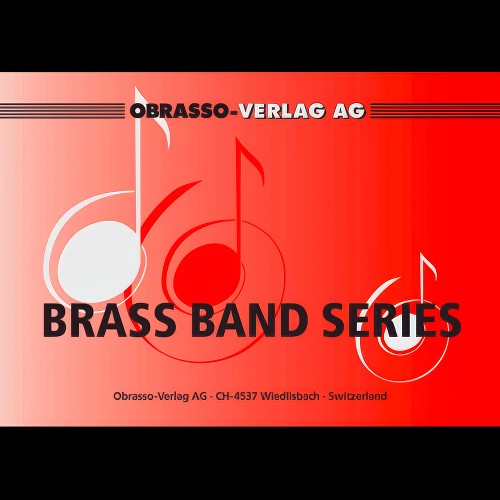Results
-
 £50.90
£50.90Take Me Back (Eb Bass Solo with Brass Band - Score and Parts) - Scott, Bennett - Fernie, Alan
Take Me Back to Dear Old BlightySlightly reduced Brass Band instrumentation (no rep cornet, no 2nd horn, no 2nd trombone part)
Estimated dispatch 7-14 working days
-
£24.95
INTRODUCTION AND BURLESQUE (Bass Trombone Solo with Brass Band Set) - Robert Eaves
Estimated dispatch 7-14 working days
-
 £125.00
£125.00Fly or Die (Bass Trombone Solo with Brass Band) - Rocha, Gilles
Duration: 6.00
Estimated dispatch 7-14 working days
-
 £50.90
£50.90I LOVE YOU BECAUSE (Bass Trombone Solo with Brass Band) - Salzmann, Joshua - Fernie, Alan
Grade: Easy.
Estimated dispatch 7-14 working days
-
 £50.90
£50.90IF I WERE A RICH MAN (Bass Trombone Solo with Brass Band) - Bock, Jerry - Smith, Sandy
From Fiddler on the Roof. Grade: Medium.
Estimated dispatch 7-14 working days
-
 £24.95
£24.95INTRODUCTION AND BURLESQUE (Bass Trombone Solo with Brass Band Set)
Estimated dispatch 7-14 working days
-
 £50.90
£50.90NEW YORK STATE OF MIND (Bass Trombone Solo with Brass Band) - Joel, Billy - Smith, Sandy
Grade: Easy/Medium.
Estimated dispatch 7-14 working days
-
 £50.90
£50.90SOMEBODY'S TUNE (Bass Trombone Solo with Brass Band) - Broadbent, Derek M.
Grade: Easy/Medium.
Estimated dispatch 7-14 working days
-
 £50.90
£50.90Wandrin' Star (Bass Trombone Solo with Brass Band - Score and Parts) - Lerner & Loewe - Fernie, Alan
Duration: 4:15
Estimated dispatch 7-14 working days
-
 £11.32
£11.32Christmas Processional (Brass Band Additional Parts) Trad. arr. Wainwright)
An effective opener to any Christmas concert, based on the French carol, 'Bring a torch, Jeanette, Isabella'. It tells the story of a group of children in medieval Provence, dressed up as shepherds and milkmaids, carrying torches and candles as they proceed to the stable. As they draw closer and their excitement increases, they are constantly reminded by their parents to keep the noise down so that they don't wake up the baby Jesus. The music begins quietly and builds to a majestic conclusion. "If I were still conducting bands regularly, this would certainly be on my list as a Christmas concert opener - it sets the energy and mood most effectively. The scoring is terrific." Paul Hindmarsh, British Bandsman magazine This arrangement also includes optional Organ and Hand bells parts. For a follow-the-score video of Virtuosi GUS Band performing the work, please visit: https://www.youtube.com/watch?v=2GasDfecnyY Sheet music available exclusively from World of Brass - www.worldofbrass.com Includes score and full set of parts. Difficulty Level: 2nd Section + Instrumentation: Solo Horn F 1st Horn F 2nd Horn F 1st Baritone B.C. 2nd Baritone B.C. 1st Trombone B.C. 2nd Trombone B.C. Euphonium B.C. Bass B.C. (Bass Eb Part) Bass B.C. (Bass Bb Part)
In Stock: Estimated dispatch 1-3 working days
